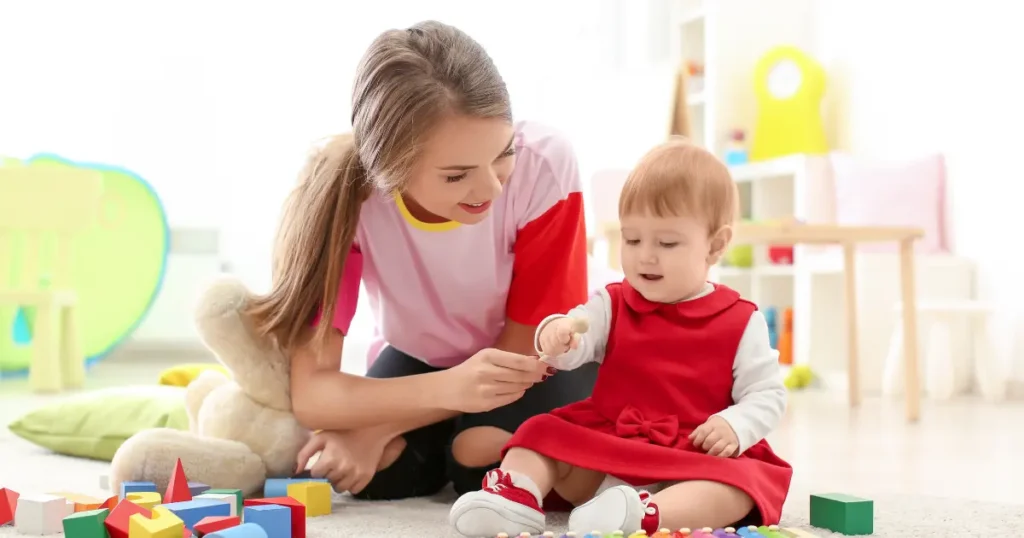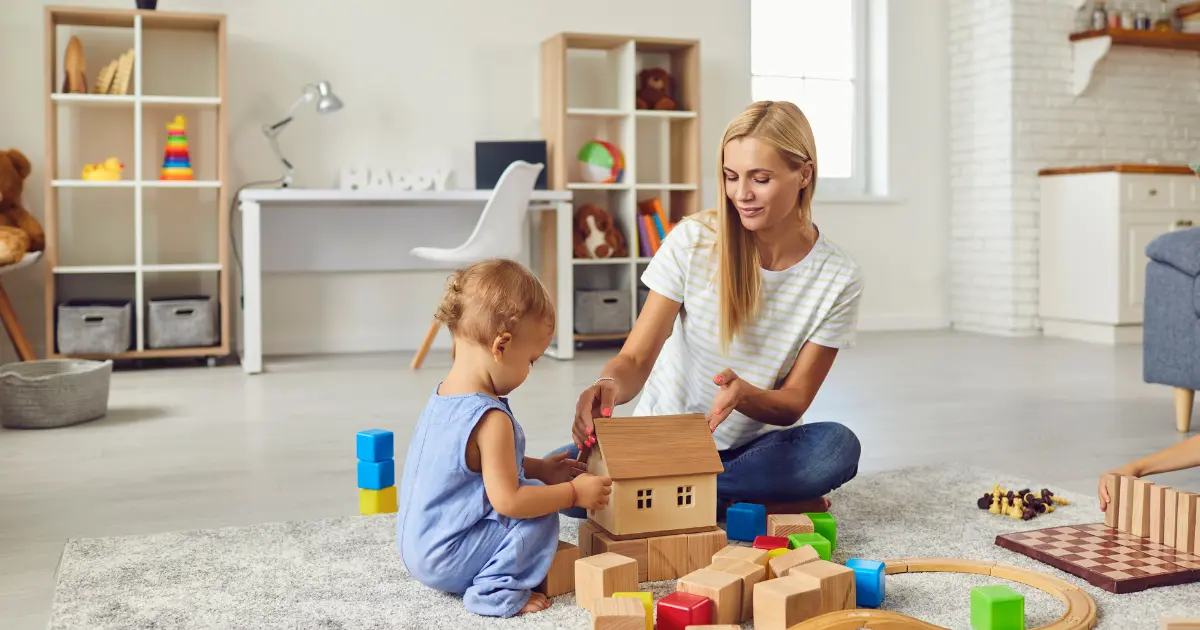Leaving your child with a babysitter can be a nerve-wracking experience, especially for new parents. Ensuring your babysitter is well-prepared for any emergency situation is crucial. An emergency list can provide peace of mind and equip the babysitter with essential information to handle unexpected situations effectively. This article covers everything you need to include on an emergency list for a babysitter, ensuring your child’s safety and your peace of mind.
Importance of an Emergency List for Babysitters

An emergency list is a vital tool for any babysitter. It provides essential information and instructions that can help in various situations, from minor accidents to major emergencies. By preparing a comprehensive emergency list, you can ensure that your babysitter is well-equipped to handle any situation, providing a safe environment for your child.
Elements of an Emergency List for Babysitters
Contact Information
Make sure to include your primary and secondary contact numbers. This allows the babysitter to reach you quickly in case of an emergency.
Emergency Contacts
Provide contact details of close family members or friends who can be reached if you are unavailable. Include their names, relationships, and phone numbers.
Neighbour’s Contact Information
Having a trusted neighbor’s contact information can be helpful if immediate assistance is needed.
Medical Information
Include any relevant medical history such as allergies, chronic conditions, or past surgeries.
Medications
List any medications your child is currently taking, along with dosage instructions.
Doctor’s Contact Information
Provide the name and contact details of your child’s pediatrician.
Home Safety Information
Clearly write down your home address and include directions if your home is difficult to find.
Security Systems
Explain how to use the security system and include codes if necessary.
Emergency Exits
Outline the emergency exits in your home and provide a map if possible.
Emergency Procedures
Include instructions on what to do in case of a fire, where to find fire extinguishers, and the nearest exits.
First Aid Kit Location
Specify where the first aid kit is located and include basic first aid instructions.
Poison Control
Provide the contact number for the poison control center and include instructions on what to do if poisoning is suspected.
Daily Routine
Detail your child’s feeding schedule, including any dietary restrictions or preferences.
Sleep Schedule
Include bedtime routines and sleep schedules to ensure consistency.
Activity Restrictions
Note any activities your child should avoid for safety reasons.
Behaviour Management
Provide your preferred methods of discipline and any specific rules to follow.
Comfort Items
List any comfort items your child may need, such as a favorite toy or blanket.
Example Emergency List for Babysitters

Here’s a sample table to help organize your emergency list:
| Category | Details |
|---|---|
| Parent’s Contact | Mom: 123-456-7890, Dad: 098-765-4321 |
| Emergency Contacts | Grandma: 111-222-3333, Aunt Lisa: 444-555-6666 |
| Medical History | Allergies: Peanuts, Asthma |
| Medications | Albuterol Inhaler, EpiPen |
| Doctor’s Contact | Dr. Smith: 777-888-9999 |
| Address | 123 Main St, Springfield, Directions: Take the second left after Elm St |
| Security System | Code: 1234, Alarm Instructions: Press “Away” before leaving |
| Emergency Exits | Front door, Back door, Window in the master bedroom |
| Fire Safety | Fire extinguisher: Under the kitchen sink |
| First Aid Kit | Located in the bathroom cabinet |
| Poison Control | 800-222-1222 |
| Feeding Schedule | Lunch: 12 PM, Snack: 3 PM, Dinner: 6 PM |
| Sleep Schedule | Nap: 1 PM – 2 PM, Bedtime: 8 PM |
| Activity Restrictions | No running by the pool |
| Discipline | Time-outs for 5 minutes, No TV if misbehaving |
| Comfort Items | Teddy Bear, Blanket in the crib |
What Information Should Be on an Emergency List for Babysitters?
An emergency list for babysitters should include contact information, medical details, home safety instructions, emergency procedures, daily routines, and behavior management guidelines. These elements ensure the babysitter is well-prepared for any situation and can provide a safe environment for your child.
How Do I Prepare My Babysitter for Emergencies?
Preparing your babysitter for emergencies involves providing a detailed emergency list, explaining your home’s safety features, and demonstrating how to use emergency equipment. Additionally, ensure the babysitter knows how to reach you and other emergency contacts.
What Are the Essential Contacts for Babysitters?
Essential contacts for babysitters include the parents’ primary and secondary phone numbers, close family members or friends, neighbors, and the child’s doctor. It’s also crucial to include the poison control center’s contact number.
How Do I Explain Medical Needs to a Babysitter?
Explain your child’s medical needs to the babysitter by providing a written list of medical conditions, allergies, medications with dosage instructions, and the contact details of the pediatrician. Additionally, demonstrate how to administer any necessary medications.
What Safety Measures Should Babysitters Know?
Babysitters should know how to operate the security system, locate emergency exits, use fire extinguishers, and perform basic first aid. Providing a clear map of emergency exits and locations of safety equipment is essential.
How Often Should I Update the Emergency List for Babysitters?
Update the emergency list for babysitters regularly, especially after any changes in contact information, medical conditions, or home safety features. It’s a good practice to review and update the list every few months or whenever significant changes occur.
Conclusion
A comprehensive emergency list for babysitters is an indispensable tool for ensuring your child’s safety and your peace of mind. By including detailed contact information, medical details, home safety instructions, emergency procedures, daily routines, and behavior management guidelines, you can prepare your babysitter for any situation.
Regularly updating the list and providing clear instructions will further enhance the safety and well-being of your child. Remember, a well-prepared babysitter is a confident and capable one, ready to handle any emergency with ease.
FAQs
Here are some frequently asked questions given below:
What should I include in the emergency contact section of the babysitter’s list?
A: Include primary and secondary phone numbers for both parents, close family members or friends, neighbors, and the child’s doctor. It’s also essential to include the poison control center’s contact number.
How can I ensure the babysitter understands my child’s medical needs?
A: Provide a written list of medical conditions, allergies, medications with dosage instructions, and the contact details of the pediatrician. Demonstrate how to administer any necessary medications.
What are the key safety measures a babysitter should know?
Babysitters should know how to operate the security system, locate emergency exits, use fire extinguishers, and perform basic first aid. Provide clear maps and locations of safety equipment.
How often should I update the emergency list for babysitters?
Update the emergency list regularly, especially after any changes in contact information, medical conditions, or home safety features. Reviewing and updating the list every few months or whenever significant changes occur is recommended.
What information should be included in the daily routine section of the emergency list?
Include the child’s feeding and sleep schedules, dietary restrictions, preferred activities, and any activities to avoid. This helps maintain consistency and ensures the child’s comfort and safety.
